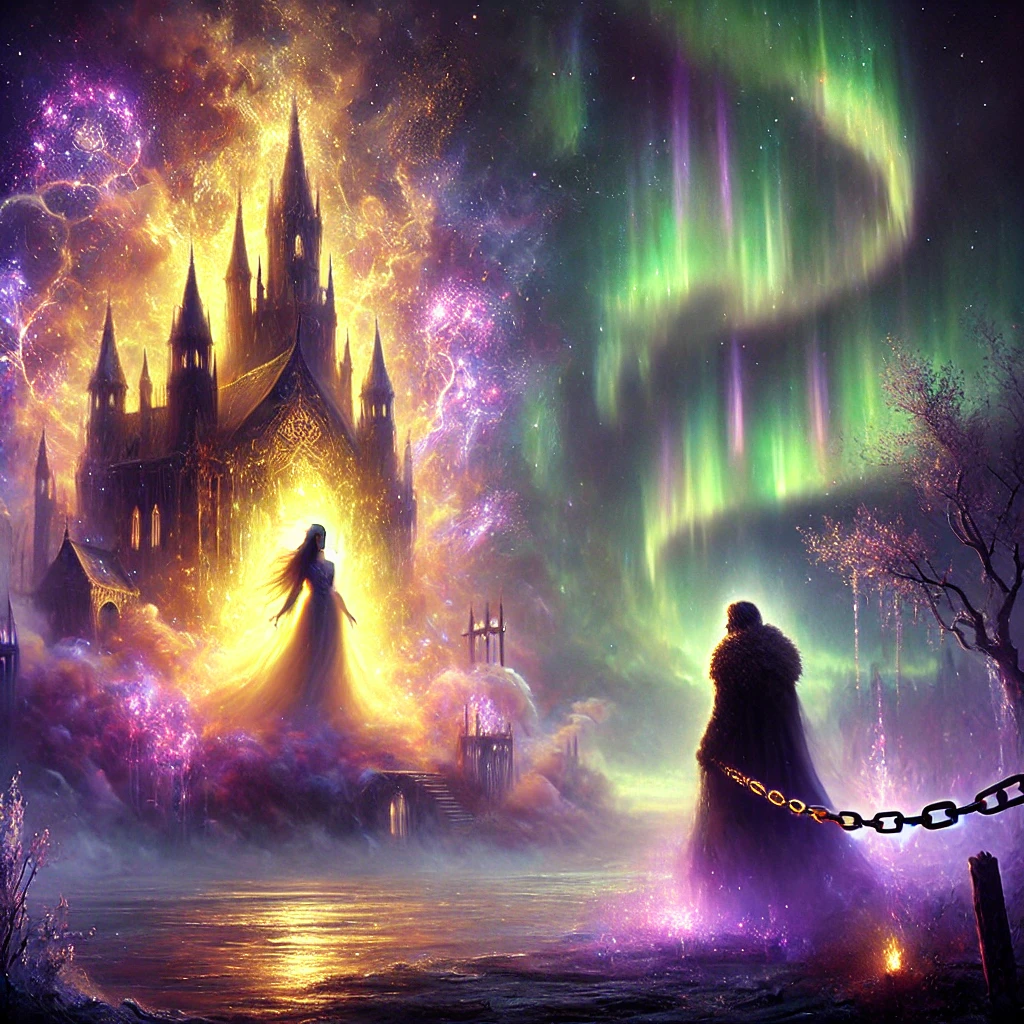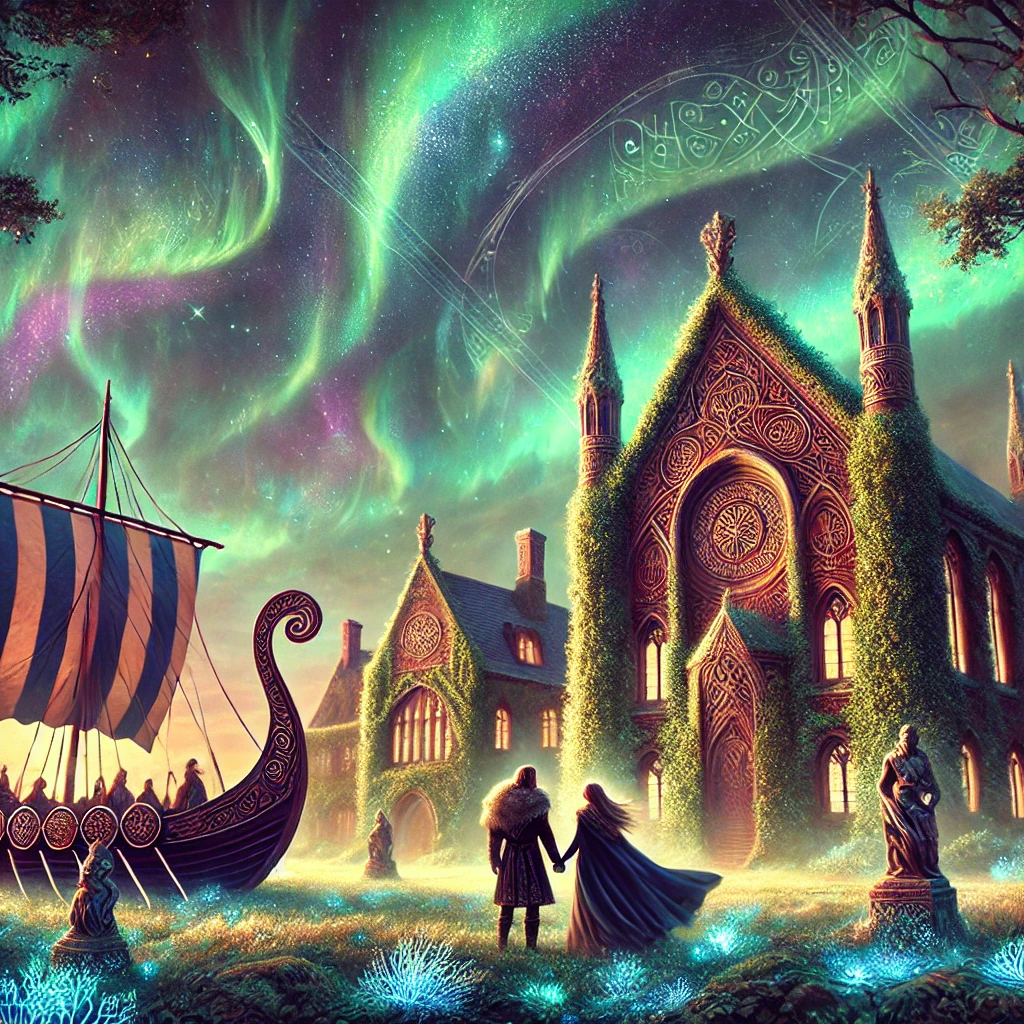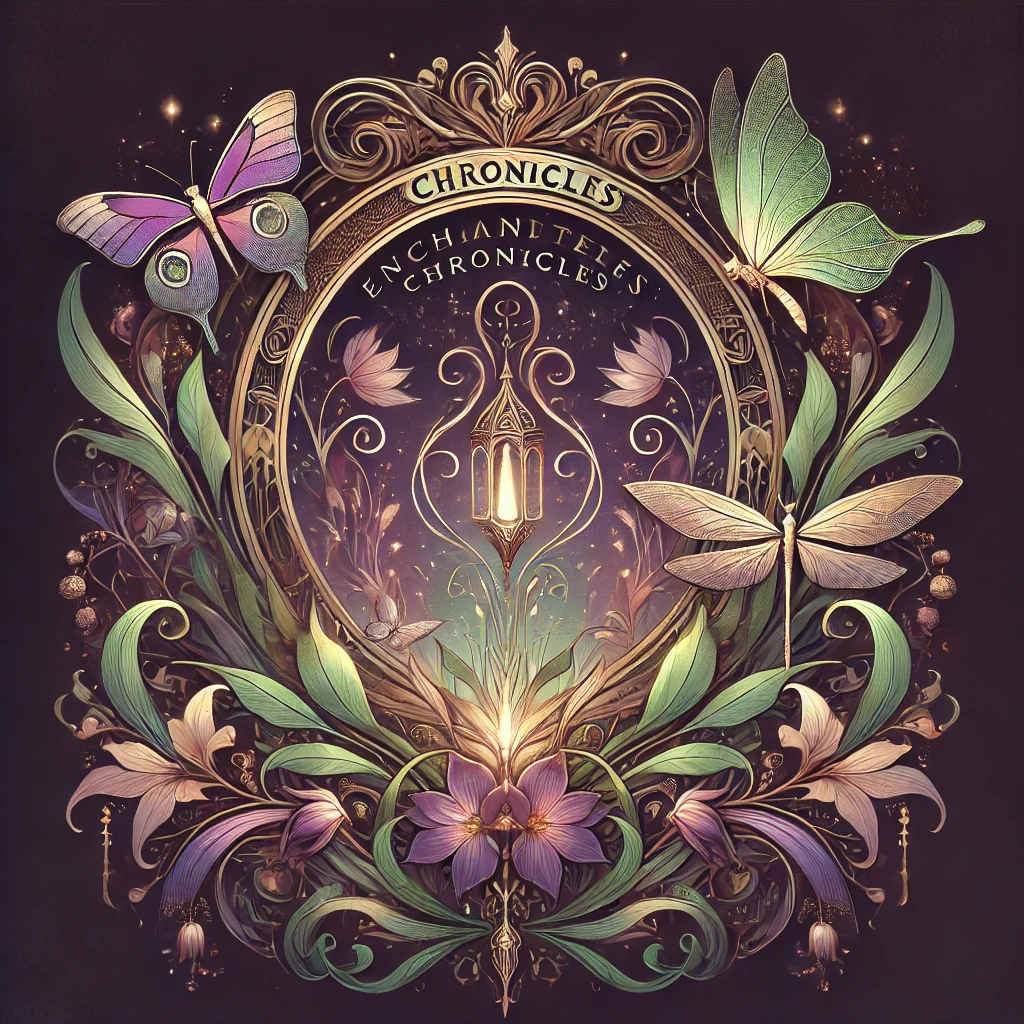Hagbard was a Viking warrior and sea king, renowned for his bravery and strength. His heart was captured by Signe, the daughter of King Sigar, a powerful ruler. Their love blossomed despite the enmity between their families. But their romance was doomed from the start.
To reunite with Signe, Hagbard disguised himself as a woman and entered her palace, with the help of Signe and her handmaidens. For a time, they shared stolen moments of passion and dreams of a future together. They made a solemn pact—if one of them were to die, the other would not live in mourning.
Their secret, however, was soon discovered. Enraged, King Sigar condemned Hagbard to death by hanging.
A Love That Defied Death
On the day of his execution, Hagbard gazed towards the palace and saw smoke rising. He knew immediately what it meant—Signe had set fire to her chambers, choosing to die rather than live without him. Keeping their promise, she perished in the flames along with her handmaidens.
Hagbard, upon seeing this, accepted his fate without resistance. His last words were of love and fate, and as the noose tightened around his neck, the Viking world lost two lovers, bound in eternal devotion.
The Historical and Mythological Context
During the Viking Age (8th to 11th century), sagas and legends were passed down through oral tradition, later being written in medieval manuscripts such as the Gesta Danorum by Saxo Grammaticus. Among these stories, the legend of Hagbard and Signe stands out as one of the most deeply romantic yet devastatingly tragic.
This story takes place in ancient Scandinavia, where warring clans and strict honor codes dictated relationships. Love was often secondary to duty, alliances, and revenge. However, the tale of Hagbard and Signe defied societal expectations, proving that love, though powerful, could also be deadly.
The Enduring Legacy of Hagbard and Signe
Despite being a tale of ancient times, Hagbard and Signe’s story still resonates today in Scandinavian culture. It has been referenced in medieval poetry, Norse sagas, and even modern literature and film. The legend is particularly strong in Denmark, Sweden, and Norway, where historical sites claim to be associated with the fateful lovers.
One such place is Hagbard’s Gallows, a site believed to be where he was executed. Meanwhile, Signe’s sacrifice is honored in stories that celebrate her unwavering devotion. Their legend serves as an allegory for love’s defiance against societal constraints and the belief in fate (Wyrd), a powerful force in Norse cosmology.
Why This Story Still Matters Today
In today’s world, the tragedy of Hagbard and Signe still holds universal significance. Their story embodies themes of loyalty, sacrifice, and the fight against imposed barriers to love.
Moreover, Viking culture and Norse mythology have seen a massive resurgence in global pop culture, thanks to TV series like Vikings and movies inspired by Scandinavian folklore. Many people are rediscovering these ancient tales, not only for their historical value but also for their emotional depth and timeless morals.
The Morality of the Tale
The story of Hagbard and Signe raises profound questions about love, honor, and fate. Should one fight for love despite inevitable tragedy? Is honor more important than personal happiness?
The Norse believed in an inescapable destiny (Wyrd), but they also valued bravery and loyalty above all. Hagbard and Signe’s story teaches us that while love may not always triumph over external forces, it can remain unbroken even in death.
A Love Story That Transcends Time
The legend of Hagbard and Signe is not just a Viking love story—it is a testament to passion, loyalty, and the power of fate. Whether read in medieval sagas or rediscovered through modern adaptations, their tale remains one of the most touching and heartbreaking romances in history.
For those who seek to understand the heart of Viking mythology, the tragic love of Hagbard and Signe is a story that will never fade, much like the whispers of the past carried by the northern winds.



